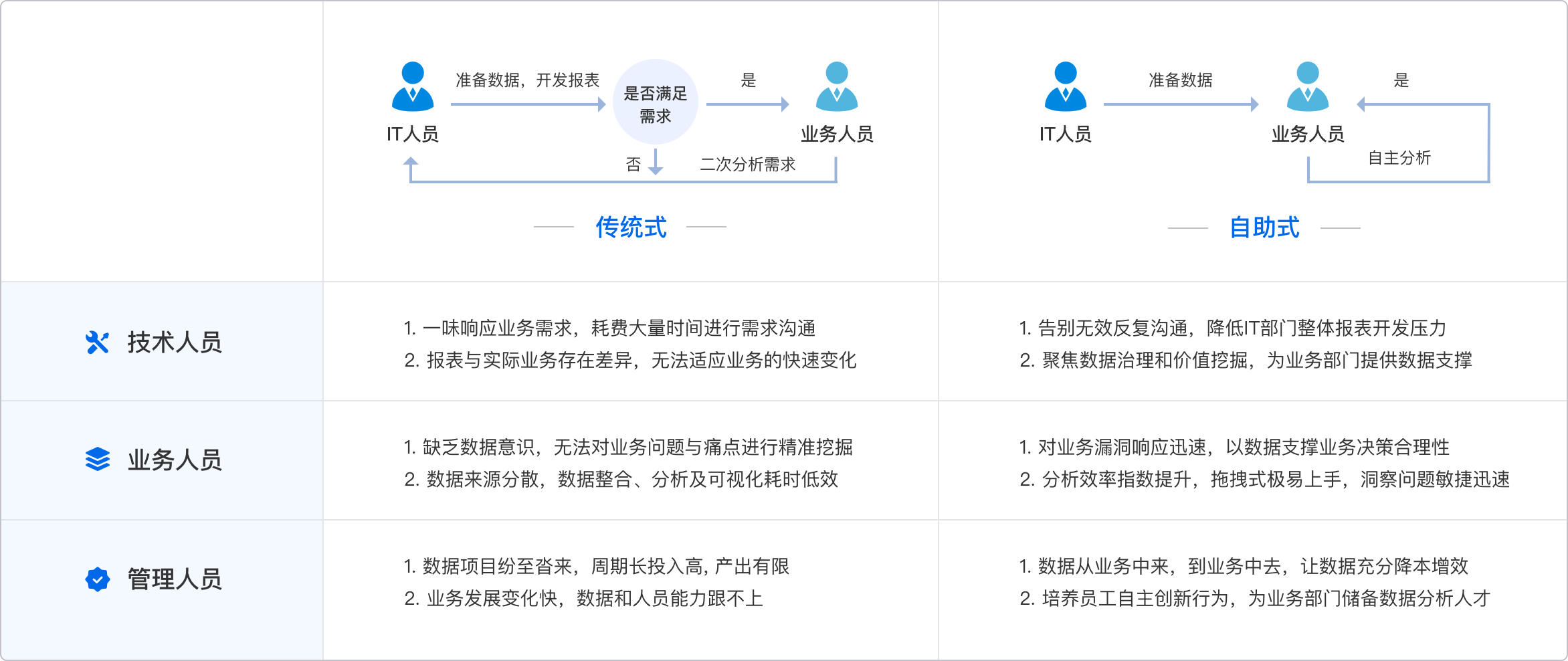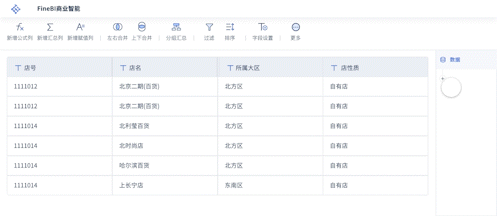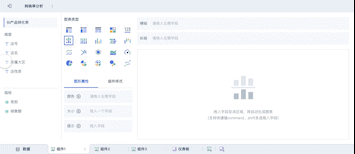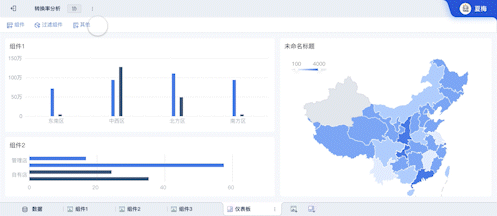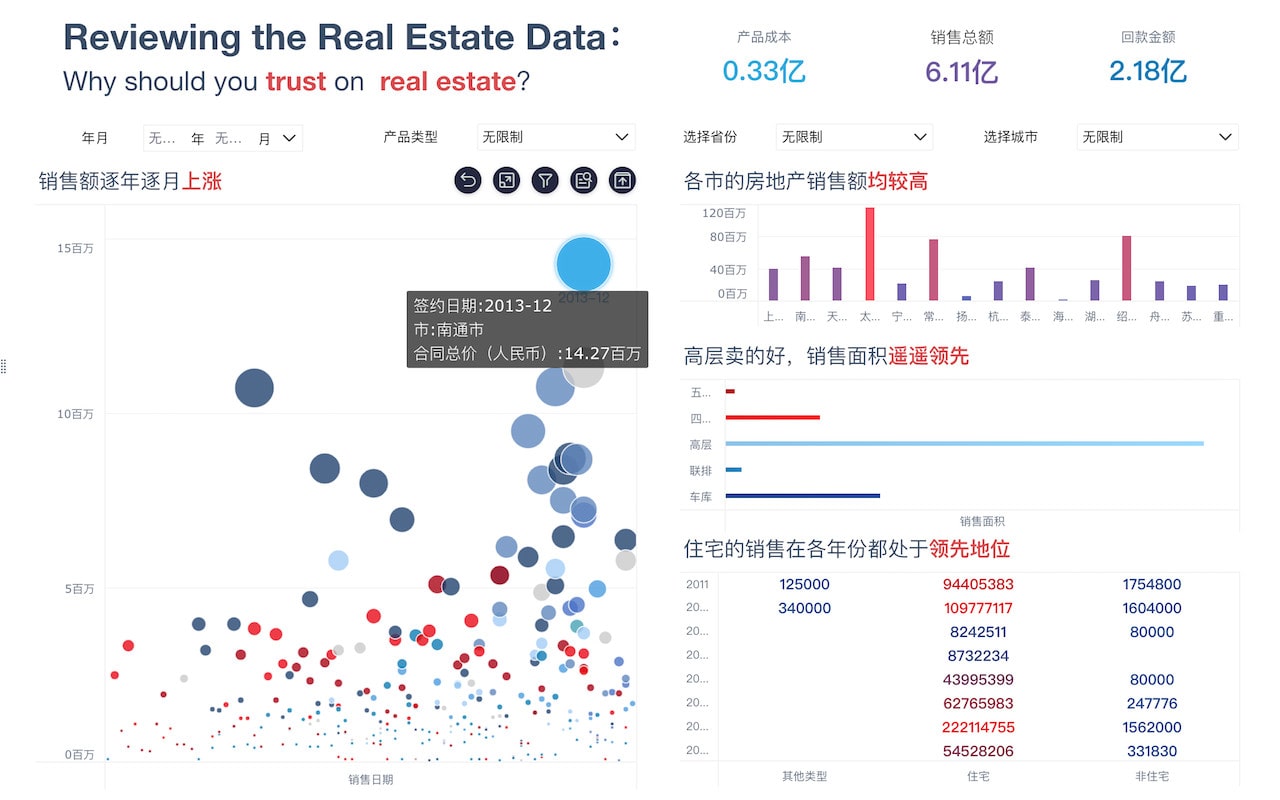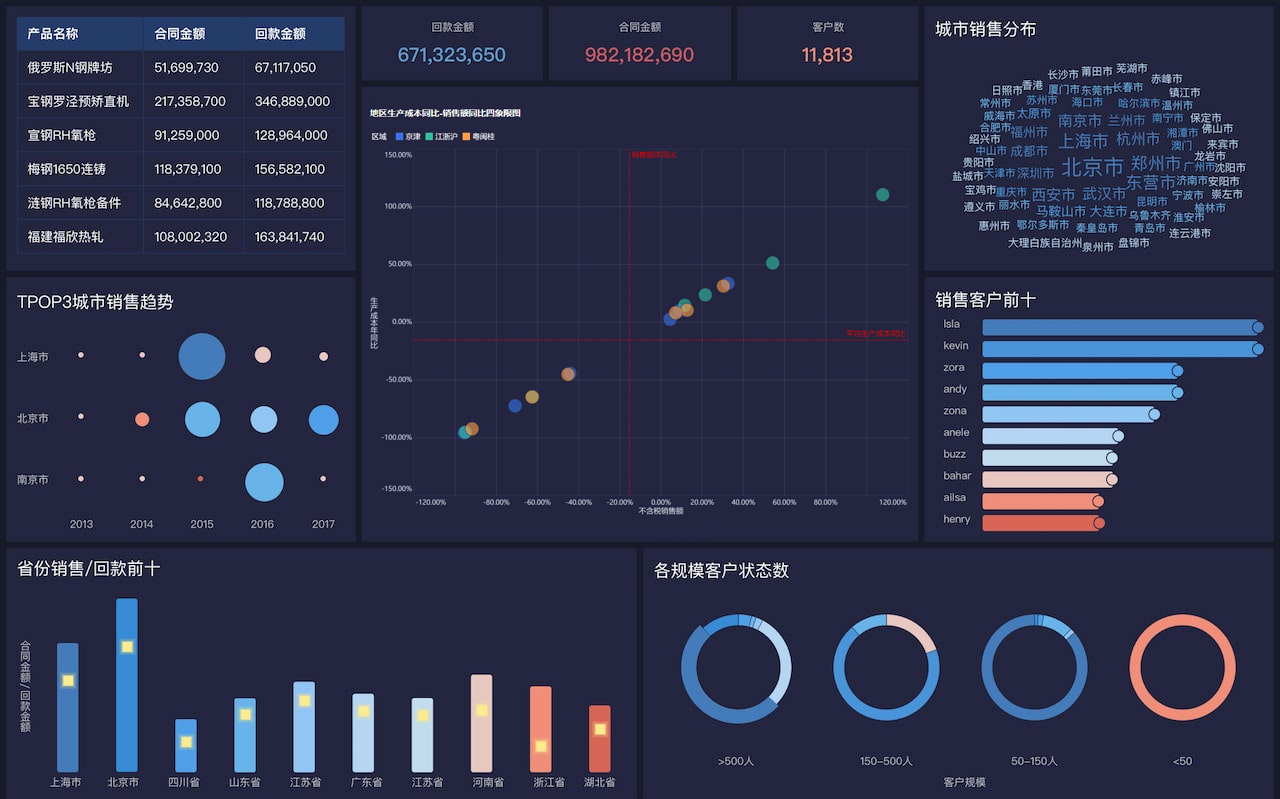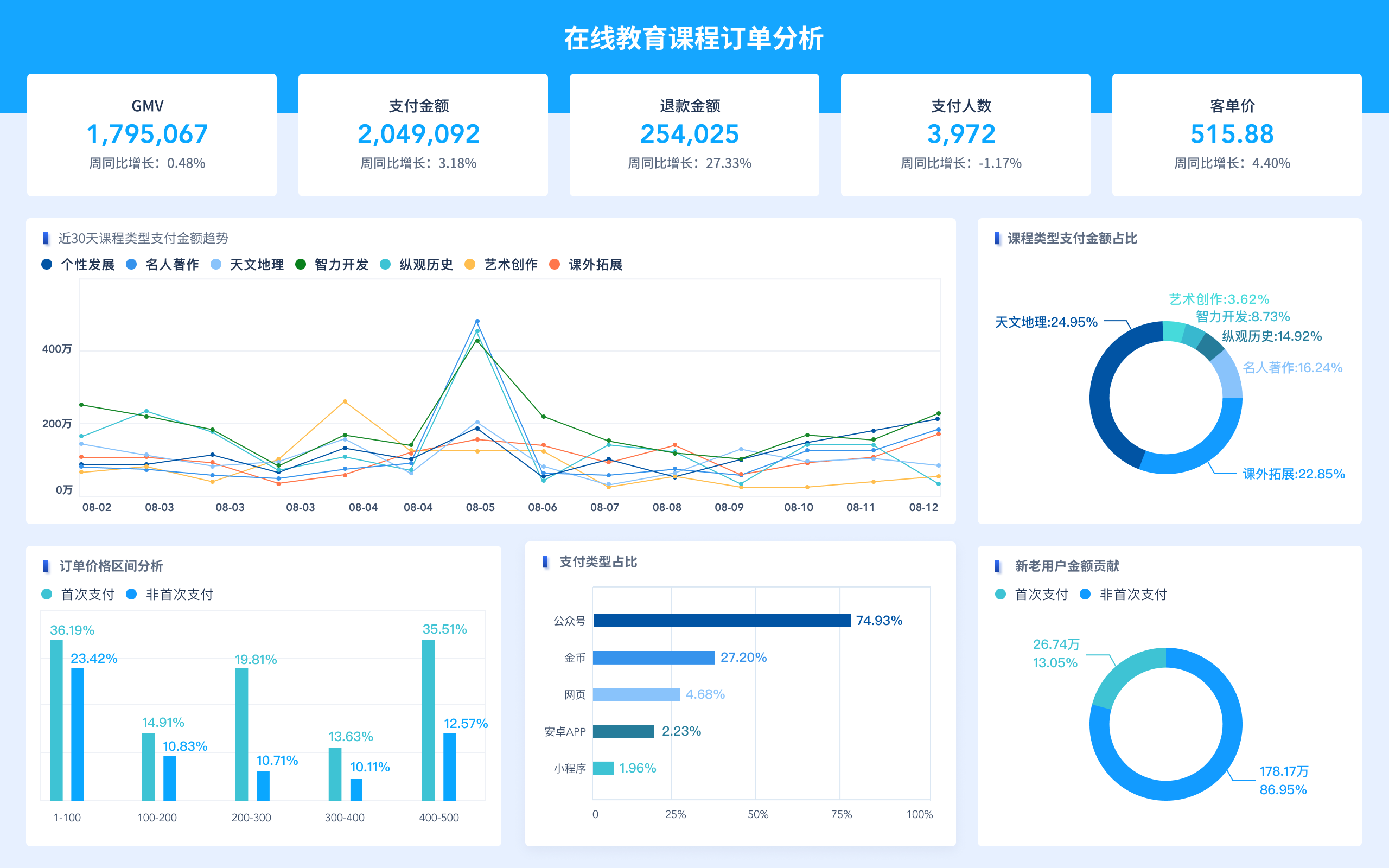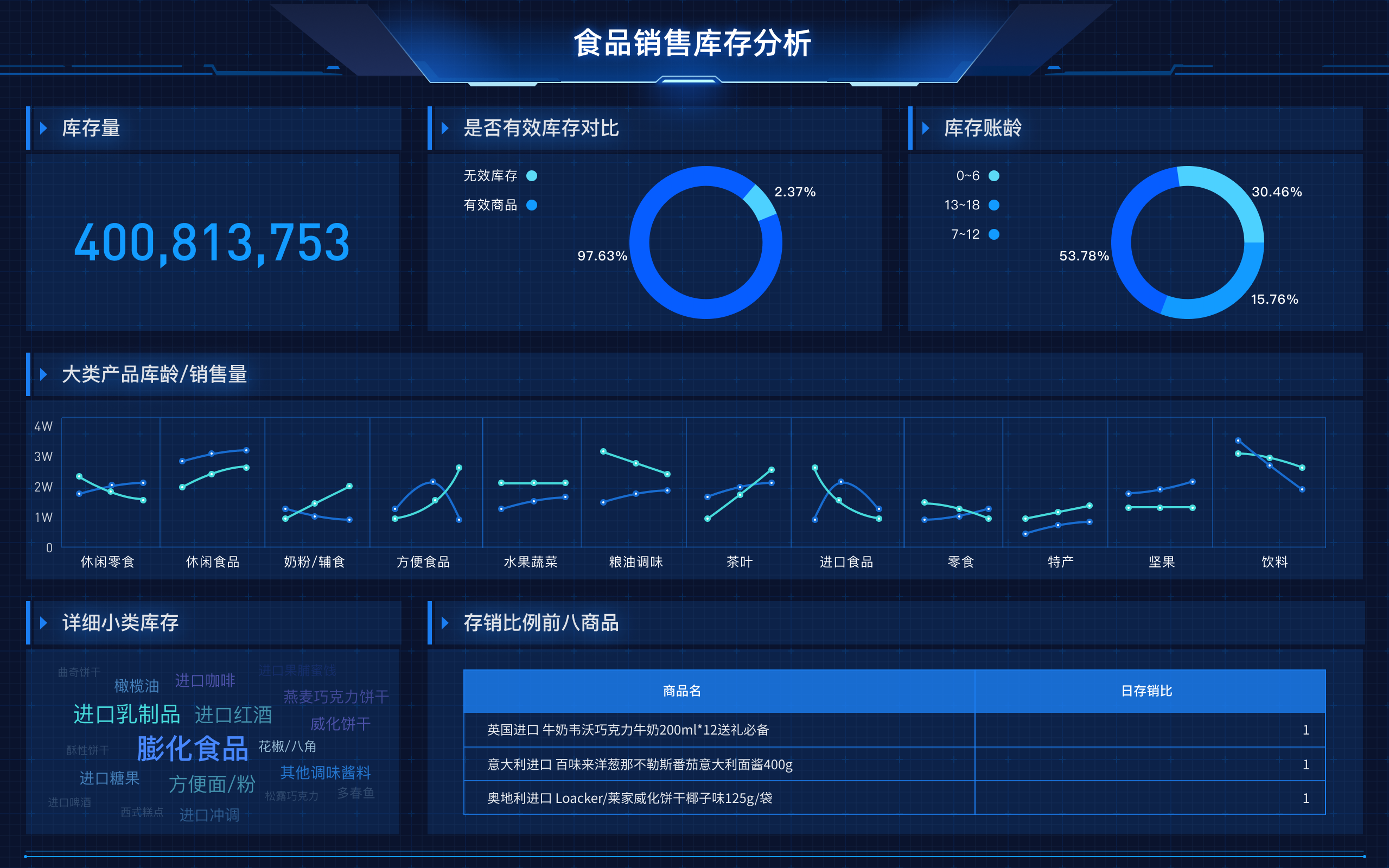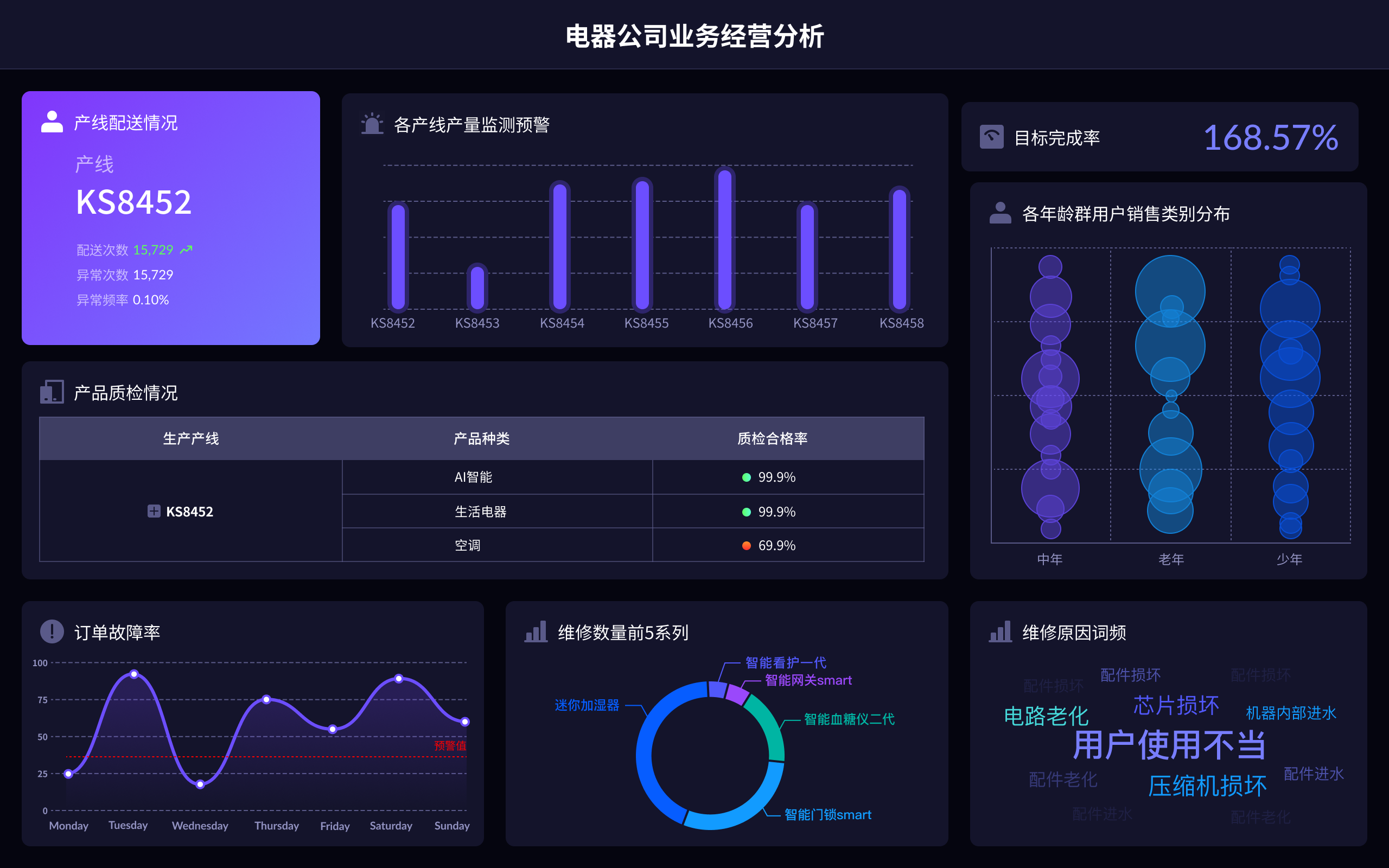
数据库集成的方法包括:数据仓库、数据联邦、数据网格、面向服务的架构(SOA)、中间件技术,其中数据仓库方法通过将来自不同数据源的数据抽取、转换并加载到一个统一的存储系统中,使得数据分析和查询变得更加高效。
一、数据仓库
数据仓库是将分布在不同系统的数据整合到一个中央存储库中,进行统一管理和分析。通过抽取、转换、加载(ETL)过程,将数据从多个源系统中抽取出来,进行格式转换和清洗,然后加载到数据仓库中。数据仓库的核心特点是支持跨系统的数据分析和报表,能够处理大量历史数据,为商业智能(BI)提供基础。
1. 数据仓库架构
数据仓库通常由三层架构组成:数据源层、数据集成层和数据展示层。数据源层包括各种业务系统和外部数据源,数据集成层负责数据的抽取、转换和加载,数据展示层用于数据查询和报表生成。通过这种架构,可以实现数据的集中管理和高效查询。
2. ETL过程
ETL是数据仓库构建的核心。抽取(Extract)阶段从源系统中获取数据,转换(Transform)阶段对数据进行清洗和格式转换,加载(Load)阶段将处理后的数据写入数据仓库。ETL工具在这一过程中起着重要作用,如Informatica、Talend和Microsoft SSIS等。
3. 数据仓库的优缺点
数据仓库能够提供统一的数据视图,支持复杂查询和分析,提高数据质量和一致性。然而,数据仓库建设成本较高,维护复杂,数据更新不够实时,适用于需要处理大量历史数据和复杂分析的场景。
二、数据联邦
数据联邦是通过虚拟化技术将不同数据源的数据进行整合,提供统一的数据访问接口,而不需要将数据物理地存储在一起。数据联邦系统在用户查询时,实时从不同数据源获取数据,并将结果整合返回给用户。
1. 数据联邦架构
数据联邦架构通常由联邦服务器、数据源适配器和客户端组成。联邦服务器负责处理用户请求并将其分解成多个子请求,数据源适配器负责与具体的数据源进行通信,客户端则向联邦服务器发送查询请求并接收查询结果。
2. 数据虚拟化技术
数据虚拟化技术是数据联邦的核心,通过数据虚拟化层屏蔽底层数据源的差异,提供统一的数据访问接口。用户可以像查询单一数据库一样查询多个数据源,从而简化数据访问和集成的复杂性。
3. 数据联邦的优缺点
数据联邦无需复制数据,节省存储空间,能够提供实时数据访问,适用于需要快速集成多个数据源的场景。然而,数据联邦的查询性能依赖于底层数据源的性能,查询复杂度较高时可能会影响响应速度。
三、数据网格
数据网格是将分布在不同地理位置的数据源通过网络连接起来,形成一个虚拟的分布式数据库系统。数据网格通过分布式计算技术,实现跨地域的数据访问和处理,提供高可用性和高性能的数据服务。
1. 数据网格架构
数据网格架构通常由多个网格节点、数据服务和网格中间件组成。网格节点是数据存储和计算的基本单元,数据服务提供数据访问接口,网格中间件负责数据传输、任务调度和资源管理。
2. 分布式计算技术
数据网格依赖于分布式计算技术,如MapReduce、Hadoop和Spark等,通过分布式计算框架将大规模数据处理任务分解成小任务并分发到多个节点执行,从而提高数据处理效率和系统的扩展性。
3. 数据网格的优缺点
数据网格能够实现跨地域的数据共享和协同计算,提高数据处理能力和系统的容错性。适用于需要处理大规模分布式数据和高性能计算的场景。然而,数据网格的实现和维护较为复杂,网络延迟和带宽限制可能会影响系统性能。
四、面向服务的架构(SOA)
面向服务的架构(SOA)通过将业务功能模块化,封装为独立的服务,进行松耦合的集成。每个服务通过标准接口进行通信,可以独立部署和更新,从而提高系统的灵活性和可扩展性。
1. SOA架构
SOA架构由服务提供者、服务消费者和服务注册中心组成。服务提供者提供具体的业务功能,服务消费者通过服务注册中心查找和调用服务,服务注册中心负责管理服务的注册和发现。
2. Web服务技术
Web服务是SOA实现的常用技术,通过SOAP、RESTful API等标准协议实现跨平台的服务通信。SOAP使用XML格式进行消息传递,支持复杂的数据类型和安全机制,适用于企业级应用;RESTful API使用HTTP协议和JSON格式,轻量级,适用于互联网应用。
3. SOA的优缺点
SOA提高了系统的灵活性和可扩展性,服务可以独立部署和更新,减少了系统耦合。然而,SOA的实现复杂度较高,服务间的通信开销和管理成本较大,适用于需要模块化和分布式部署的大型系统。
五、中间件技术
中间件技术通过在应用程序和操作系统之间提供抽象层,实现不同系统间的数据集成和互操作。中间件负责数据的传输、转换和路由,简化了应用系统的开发和集成。
1. 中间件种类
中间件包括消息中间件、事务中间件、数据库中间件和应用服务器等。消息中间件用于异步消息传递,事务中间件提供分布式事务管理,数据库中间件实现跨数据库的数据访问和管理,应用服务器则提供应用程序的运行环境和服务支持。
2. 消息中间件
消息中间件通过消息队列实现系统间的异步通信和解耦,常见的消息中间件有ActiveMQ、RabbitMQ和Kafka等。消息中间件能够提高系统的可靠性和伸缩性,适用于需要高并发和异步处理的场景。
3. 中间件技术的优缺点
中间件技术能够简化系统集成和开发,提高系统的可维护性和扩展性。适用于需要跨系统集成和异构系统互操作的场景。然而,中间件的引入增加了系统的复杂度和管理成本,需要额外的性能调优和故障处理。
通过以上方法,数据库集成可以实现不同数据源间的统一访问和管理,提高数据利用率和系统的灵活性。每种方法各有优缺点,具体选择应根据系统需求和实际情况而定。在实际应用中,FineDatalink作为一款数据集成工具,能够有效地整合多种数据源,提供高效的数据访问和管理服务。
FineDatalink官网:FineDatalink
相关问答FAQs:
FAQs about Database Integration Methods
1. What are the primary methods of database integration?
Database integration involves various methods to ensure that different databases work together seamlessly. The primary methods include:
-
ETL (Extract, Transform, Load): This method involves extracting data from different sources, transforming it into a consistent format, and then loading it into a target database. ETL processes are often used for data warehousing and business intelligence purposes, allowing organizations to consolidate data from disparate sources into a unified system.
-
Database Federation: This approach involves creating a virtual database that provides a unified view of data from multiple sources. It allows users to query across different databases without physically moving or replicating data. This method is useful for organizations that need to access and combine data from various systems in real-time.
-
Data Replication: Data replication involves copying data from one database to another. This can be done in real-time or in batches, depending on the requirements. Replication ensures that data remains synchronized across different systems, which is crucial for maintaining consistency and availability.
-
API Integration: Application Programming Interfaces (APIs) allow different systems to communicate with each other. By using APIs, databases can exchange data and perform operations without direct integration. APIs are particularly useful for integrating databases with web services, applications, and other external systems.
-
Message Queues: Message queues facilitate asynchronous communication between different systems. Data changes or requests are placed in a queue and processed independently by various systems. This method helps in decoupling systems and managing data flow efficiently.
Each of these methods has its own strengths and is suitable for different scenarios depending on the specific requirements of the integration project.
2. How does ETL differ from database federation in database integration?
ETL (Extract, Transform, Load) and database federation are two distinct methods of database integration with different approaches and use cases.
-
ETL (Extract, Transform, Load): ETL involves extracting data from various sources, transforming it into a consistent format, and loading it into a target database, often a data warehouse. This process is typically used for data consolidation and reporting. ETL is beneficial for scenarios where historical data needs to be analyzed, and it provides a central repository for aggregated data. However, ETL processes can be complex and require significant resources for data transformation and loading.
-
Database Federation: Database federation creates a virtual layer that allows users to query and interact with multiple databases as if they were a single entity. Unlike ETL, federation does not physically move or transform data; instead, it provides a unified view and real-time access to data from disparate sources. Federation is useful for scenarios where data needs to remain in its original location, and users require a combined view without duplicating data. It enables seamless querying and integration across different systems.
In summary, ETL focuses on consolidating data into a central repository for analysis, while database federation provides a virtual integration layer for real-time access to distributed data.
3. What factors should be considered when choosing a database integration method?
Choosing the right database integration method depends on several factors:
-
Data Volume and Complexity: Large volumes of data or complex transformations may require ETL processes to efficiently handle data consolidation. For simpler integrations or smaller datasets, database federation or APIs might be more appropriate.
-
Real-Time Requirements: If real-time access to data is crucial, database federation or message queues may be preferred. ETL processes, on the other hand, are typically batch-oriented and may not meet real-time needs.
-
Data Consistency and Synchronization: Data replication ensures that data remains consistent across different systems. For applications where maintaining up-to-date data across multiple databases is essential, replication might be necessary.
-
Resource Availability: ETL processes can be resource-intensive, requiring significant computational power and storage. Organizations should consider their available resources and infrastructure when choosing an integration method.
-
System Integration Complexity: The complexity of integrating different systems should be assessed. APIs offer a flexible and scalable solution for integrating with various applications, while database federation can simplify querying across multiple databases.
-
Cost and Maintenance: Different integration methods come with varying costs and maintenance requirements. ETL processes may involve higher upfront costs and ongoing maintenance, while API integrations and federation solutions may offer more cost-effective and scalable options.
By carefully evaluating these factors, organizations can select the most suitable database integration method that aligns with their specific needs and objectives.
本文内容通过AI工具匹配关键字智能整合而成,仅供参考,帆软不对内容的真实、准确或完整作任何形式的承诺。具体产品功能请以帆软官方帮助文档为准,或联系您的对接销售进行咨询。如有其他问题,您可以通过联系blog@fanruan.com进行反馈,帆软收到您的反馈后将及时答复和处理。


